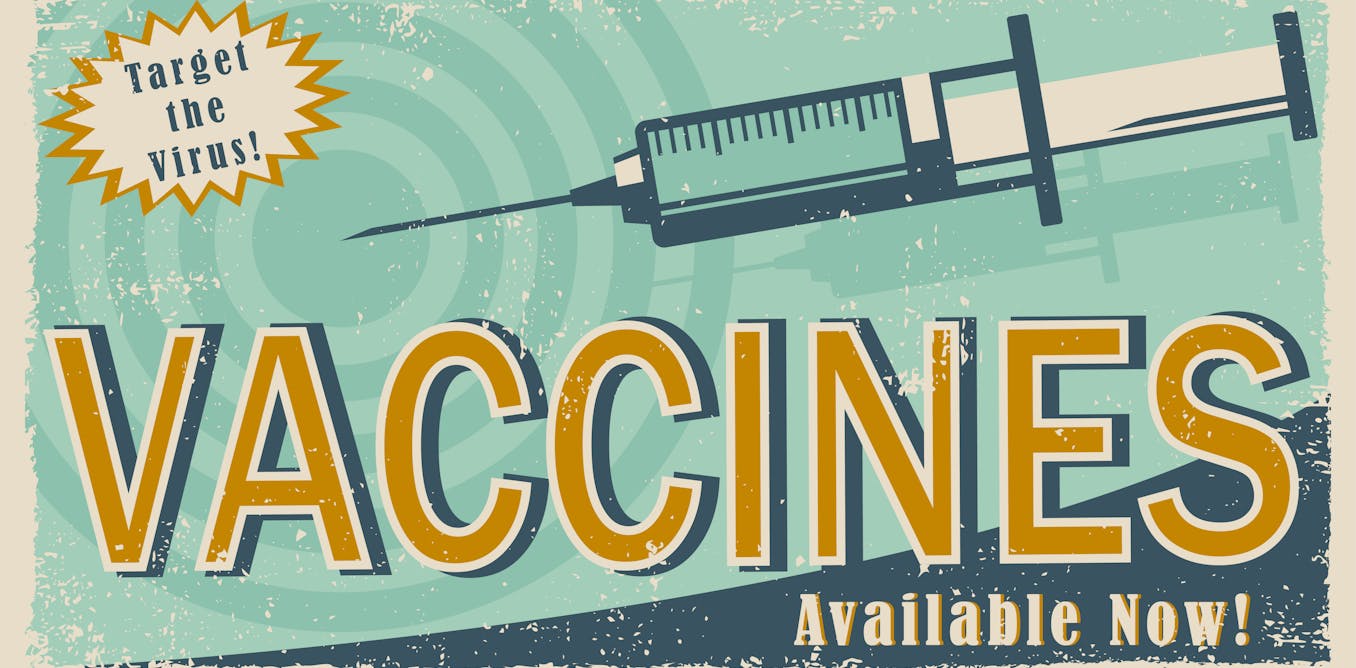Republicans in Congress intend to cut about US$880 billion in federal health care spending.
One of their primary targets is Medicaid. That government program covers 82 million Americans with health insurance. Most of the people enrolled in the program are low income, have disabilities, or both.
Medicaid, jointly funded by the federal government and the states, is also the biggest funder in the U.S. of long-term care services, whether they are delivered in the patient’s home, another location where they spend part of their day or a nursing home. That makes it particularly important for older adults and those with disabilities. All states must meet the basic federal guidelines for Medicaid coverage. But 41 states have opted to take advantage of the Affordable Care Act provision that expanded eligibility to cover more people under the program.
We are gerontology researchers who study health and financial well-being in later life. We’ve been analyzing what the potential impacts of Medicaid cuts might be.
While the debate about how to reduce the budget focuses largely on dollars and cents, we believe that cutting federal spending on Medicaid would harm the health and well-being of millions of Americans by reducing their access to care. In our view, it’s also likely that any savings achieved in the short term would be smaller than the long-term increase in health care costs born by the federal government, the states and patients – including for many Americans who are 65 and older.
Weak track record
Wary of backlash from their constituents, Republicans have agreed on a strategy that would largely cut Medicaid spending in a roundabout way.
Previous efforts by the GOP in some states, such as imposing work requirements for some people to get Medicaid benefits, have not greatly reduced costs. That’s largely because there are relatively few people enrolled in the Medicaid program who are physically able to be employed and aren’t already in the workforce. Nor have past efforts to reduce fraud, waste and abuse led to significant savings.
According to widespread media reports, Republicans are considering changes that would cut the amount of money that the federal government reimburses states for what they spend on Medicaid.
In May 2025, the nonpartisan Congressional Budget Office estimated that 8.6 million Americans would lose their health insurance coverage should the GOP proposal become law.
Historically, states have dealt with budget cuts by reducing their payments to health care providers, limiting eligibility or restricting benefits. These reductions all particularly affected home- and community-based services that many disabled and older adults rely on.
About 3 in 4 of the people with Medicaid coverage who receive long-term care through the program get that care at home, in their communities or both, rather than residing in a nursing home. States save an estimated 26 cents for every dollar spent on those services delivered outside nursing homes.
Losing coverage can be harmful for your health
We recently analyzed data from a nationally representative study of approximately 6,000 people who had Medicaid coverage but lost it when they turned age 65 because their income exceeded 100% of the federal poverty level. In 2025, that cutoff is about $15,560 for a single person and $21,150 for a couple.
Medicaid income eligibility generally drops from 138% to 100% of the federal poverty level at age 65 once Medicare becomes a person’s primary health insurer.
The people who participated in the study had lost their Medicaid coverage upon turning 65 between 1998 and 2020. Our team followed the experiences of these participants over a 10-year period starting at age 65 to see how they fared compared with people who continue to be enrolled in Medicaid after their 65th birthday.
What we found was both surprising and disturbing.
Fewer activities of daily living
Over the decade following that milestone, the people who lost their Medicaid coverage had more chronic conditions and could perform fewer activities of daily living, such as bathing and getting dressed, without any assistance as compared with those who still had Medicaid coverage. In addition, they were twice as likely to experience depression and be in fair or poor health.
As people’s health worsened, they also went to the hospital more often and stayed there longer. They also used outpatient surgery services more frequently.
These services are particularly expensive for the health care system. Depending on the service, it may also be costly for patients. Unlike the comprehensive coverage of Medicaid, the Medicare program fully covers only inpatient hospitalizations, short-term nursing facility care, hospice, some short-term home care, annual wellness visits, vaccines and some basic preventive care. Beyond that, Medicare requires the payment of premiums to help with uncovered services that can also include deductibles and copays.
This arrangement can lead to significant out-of-pocket costs that make health care hard for low-income older adults to afford unless they have both Medicare and Medicaid coverage.
We also found that older people who lost Medicaid coverage were less likely to see their primary care physician for routine and follow-up care, despite being enrolled in Medicare. This explains in part why they are going to the hospital more often, likely avoiding routine health care that may incur out-of-pocket costs and eventually utilizing Medicare-covered hospital care when needed.
In short, we found that exiting the Medicaid program upon turning 65 actually leads to an increase in the use of some of the most expensive health care services, such as inpatient hospitalization and outpatient surgery. So although Medicaid may no longer pay for these costs, the rest of the health care system does.
Just under 90% of older adults enrolled in Medicare have some kind of supplemental coverage that helps them pay for services that the program doesn’t cover. For 16% of the people with Medicare coverage, Medicaid covers those additional health care costs. The rest of that nearly 90% obtain supplemental coverage from private insurance companies or are enrolled in a Medicare Advantage plan that’s run by a private company instead of the government.
However, 11% of Americans covered by Medicare don’t have any additional coverage. It is likely that those who lost Medicaid benefits at age 65 may not be able to afford any other supplemental coverage options and fall into this group.
People who lose Medicaid coverage may die sooner
One of our more troubling findings was that people who lost Medicaid coverage at age 65 were 14% more likely to die within the next 10 years than were those who kept their coverage in addition to gaining Medicare coverage. This was true even though the people who lost their Medicaid access tended to start out in better health.
Roughly 12 million Americans are enrolled in both Medicare and Medicaid today. Much is at stake for them and other low-income people as Congress considers making major changes to the program to cut federal spending on it.
For some Americans, it’s a matter of life and death. For others, it’s a matter of healthy versus unhealthy aging that leads to costlier health care not just for themselves but for the U.S. as a whole.




